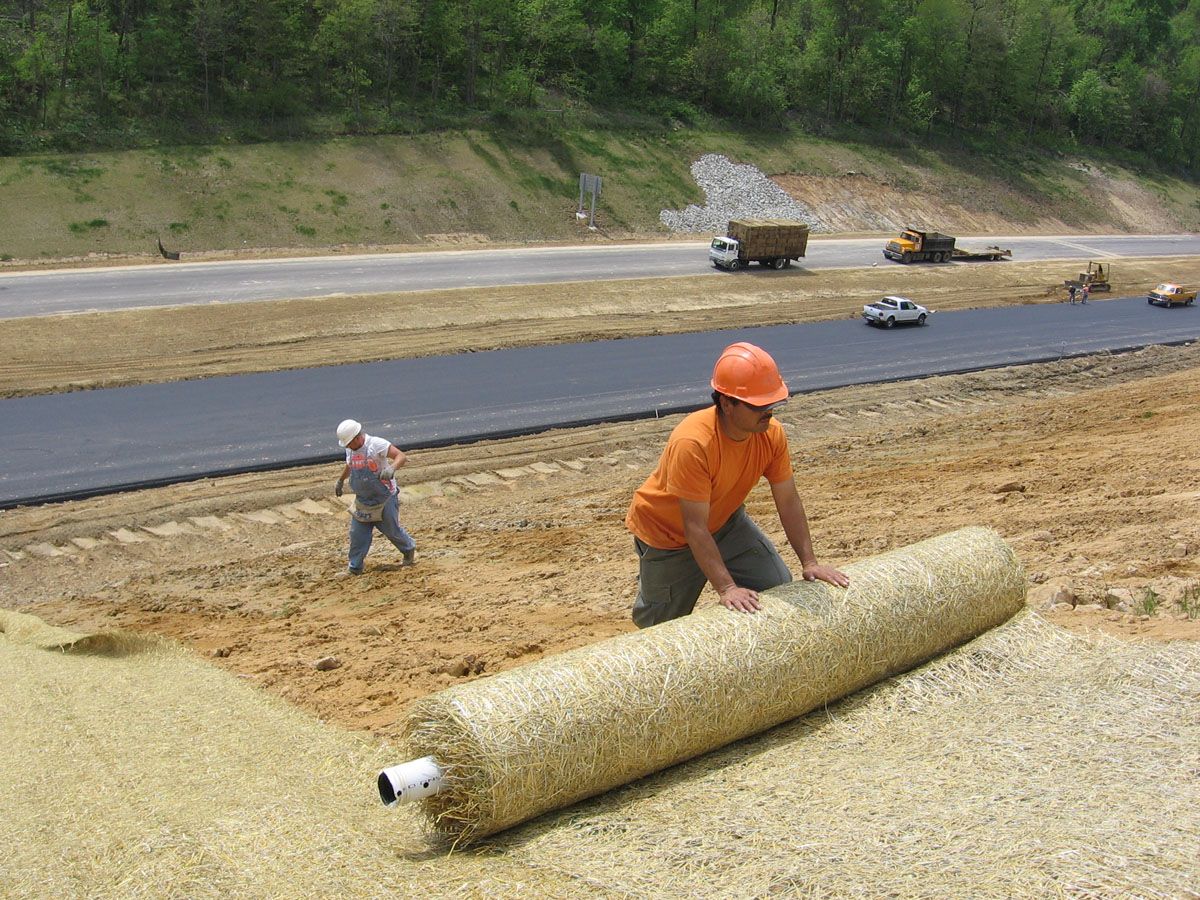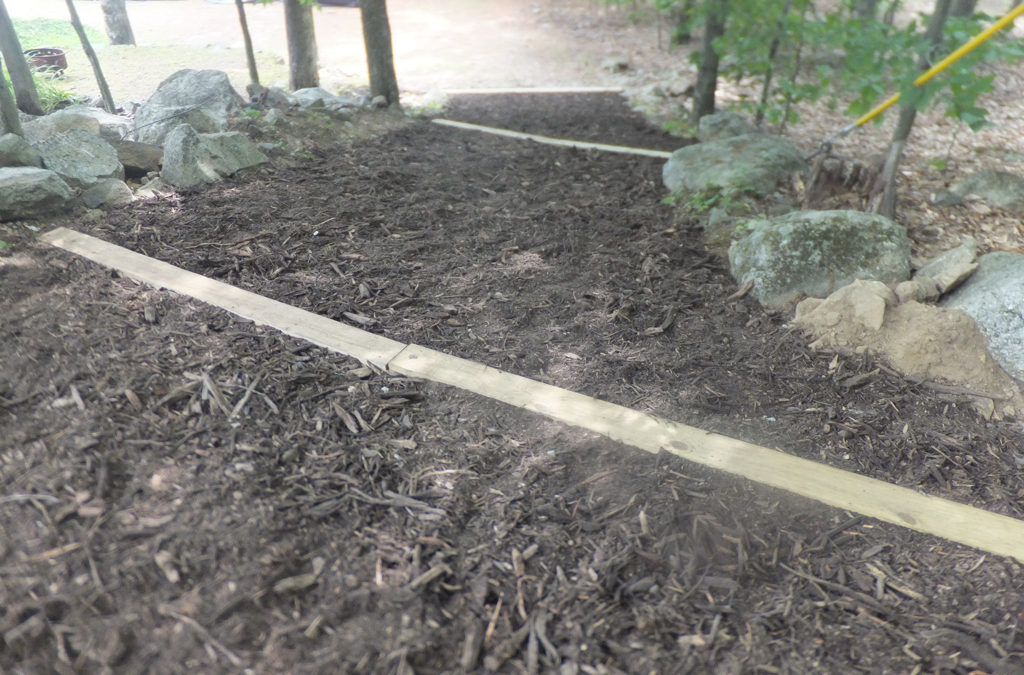Guarding Your Website with Memphis Erosion Control Solutions silt fences
Wiki Article
Finest Practices for Disintegration Control in Building Projects
Are you dealing with a building and construction job and worried about disintegration control? Look no more! In this short article, we will certainly guide you through the finest techniques for protecting against erosion on your site. You'll find five crucial techniques, effective sediment and runoff management techniques, essential factors to consider for incline stablizing, and ideas for shielding vegetation and soil. We'll also delve into the value of applying correct water drainage systems. Prepare yourself to take on disintegration head-on and make certain the success of your building and construction task.5 Crucial Disintegration Control Techniques

To effectively control erosion on your building site, you'll need to carry out crucial techniques such as incline stablizing and sediment control procedures. Slope stabilization is vital in stopping dirt disintegration on high inclines. Another reliable method is the usage of erosion control blankets or mats, which are placed on the slope and assistance maintain soil particles while allowing vegetation to grow.
Effective Sediment and Drainage Monitoring

You can successfully manage debris and overflow in your building and construction job by executing correct erosion control measures. An additional essential technique is the application of erosion control coverings or floor coverings. By executing these disintegration control procedures, you can effectively take care of sediment and drainage in your building task, reducing the influence on the atmosphere and complying with governing demands.
Secret Considerations for Incline Stabilization
When taking into consideration slope stablizing, it's important to examine the surface and determine possible locations of instability. You need to very carefully examine the slope's attributes, such as its structure, water drainage, and angle patterns. Look for signs of erosion, such as subjected origins, splits, or slumping soil. These indicators can provide you a concept of where stabilization procedures might be essential.When you have determined the unsteady areas, you can begin implementing measures to stabilize the incline. One usual technique is making use of preserving wall surfaces or terracing to develop a series of flat steps, which can help distribute the weight and prevent more disintegration. One more choice is to plant vegetation on the slope, as click to investigate the origins can aid secure the dirt and control disintegration. Furthermore, setting up erosion control coverings or mats can offer immediate defense while plants becomes recognized.
It's crucial to routinely monitor the supported slopes to guarantee their effectiveness. Maintain an eye out for any type of indicators of motion or disintegration, and take immediate activity if required. Regular upkeep, such as examining and repairing any type of damaged actions, is likewise vital to make sure lasting stability.
Best Practices for Greenery and Soil Security
One reliable means to secure greenery and dirt on inclines is by frequently checking for indicators of disintegration and taking instant action if required. Begin by examining the incline for any type of signs of erosion, such as exposed roots, bare dirt check spots, or sediment buildup at the bottom. Implement disintegration control steps such as mounting erosion control coverings, mulching, or even creating keeping wall surfaces if needed.Carrying Out Proper Water Drainage Systems
When it comes to managing water flow and protecting against erosion, understanding these elements is essential. Steeper slopes can lead to faster water flow, raising the risk of erosion and flooding. On the various other hand, gentler slopes permit water to flow extra gradually, decreasing erosion potential.Sandy soils tend to drain pipes faster due to their rugged structure, while clay dirts have a slower drain price due to their compact nature. Furthermore, taking into consideration the soil characteristics helps avoid waterlogging, which can lead to inadequate plant growth and damage to structures.
Final Thought
In conclusion, when it pertains to erosion control in construction tasks, you must comply with these finest practices. Carry out efficient debris and overflow management methods to avoid pollution. Take into consideration slope stablizing techniques to make certain the stability of the website. Shield greenery and dirt by using appropriate procedures. Develop appropriate water drainage systems to take care of water circulation (hydroseeding). By adhering to these crucial methods, you can effectively manage erosion and ensure the success of your construction project.To successfully control erosion on your building and construction website, you'll need to apply important techniques such as slope stablizing and debris control measures. Incline stablizing click now is vital in stopping soil disintegration on steep inclines. An additional efficient technique is the usage of erosion control coverings or mats, which are positioned on the incline and aid maintain dirt bits while allowing vegetation to grow. Another alternative is to plant vegetation on the incline, as the origins can help secure the soil and control disintegration. Implement disintegration control measures such as setting up disintegration control blankets, mulching, or also building retaining wall surfaces if required.
Report this wiki page